
Tanztheater Wuppertal Pina Bausch
World Cities 2012: Bamboo Blues
London, Barbican
21 June 2012
www.pina-bausch.de
World Cities 2012 details
DanceTabs reviews of World Cities 2012 performances
This is hard core, late vintage Bausch with more dance, less speech and minimal audience interaction. After recent excursions to Japan and Hong Kong, we stay out East in this random and often vague exploration of India, which was the penultimate World City co-production (a co-operation with the Goethe-Institut India in 2007). Perhaps it’s a hint towards the remnants of colonialism or just a nod towards the lasting presence of the Mother Empire’s language but it’s the only one of the ten works with a title in English: all others being mostly indigenous names, words or phrases; or a German translation thereof.
It also has the smallest cast (16) and is the shortest of the ten works in the series: a good hour less than some (‘Viktor’, for example) and at least 30 minutes shy of most. This represents a sound judgement of “less is more”, particularly since we spend almost the entire work metaphorically lying on a sofa in the chill-out room, probably (although I wouldn’t know) sucking on a hookah. If played in the dental surgery or during childbirth, this music could surely save on the costs of anaesthesia.
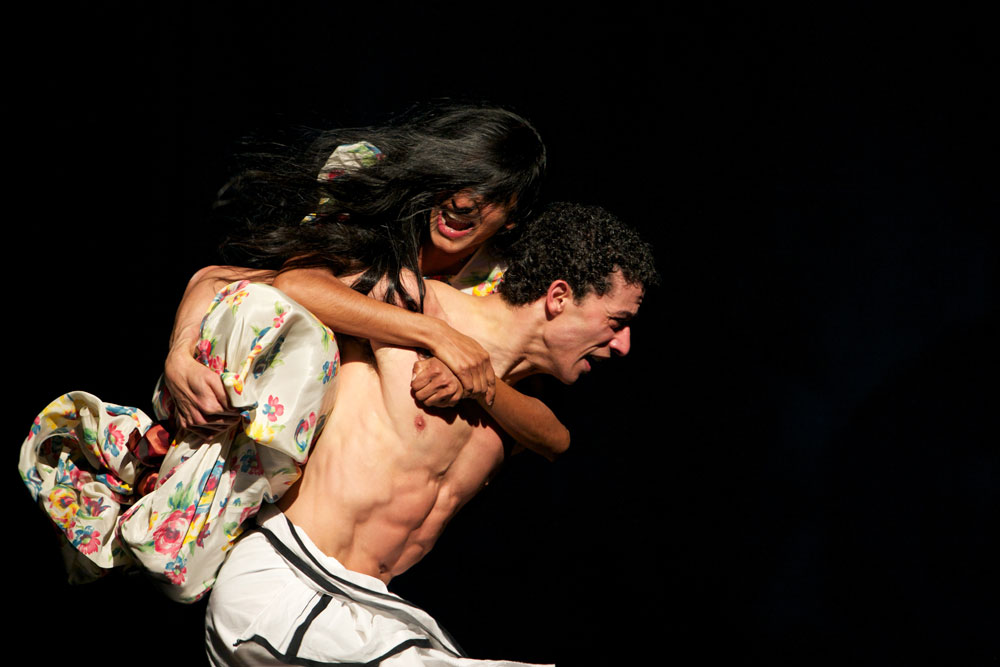
The whole structure is framed around as many solos as there are performers. It’s hard to imagine Bausch conforming to the simple etiquette of seating arrangements at a dinner party but these play out (at least until I lost count) in a simple “girl-boy-girl-boy” order: some, such as the long opening female solo, seem to last for several minutes, whilst others are more ephemeral. Most end through the intervention of other performers (so that a solo might turn into a duet or a quartet) or they simply morph into the next episode. The movement is mostly soft, supple twists and turns with arms and hands gently playing their full part in extending the kinaesthetic range. This gentility also spreads to the softness of the spoken word and I confess that there were a lot of phrases that I just didn’t hear. This is especially frustrating when others are laughing.
There was an obvious Bollywood flavour to the beginning of the second act, as evidenced by giant characters from the genre being projected onto the back curtains. The fire walking of Indian ascetics is represented by the flames of plastic cigarette lighters being waved in the vicinity of the soles of a dirty fakir’s feet. Women chew a lot, the funniest episode being when they are framed in an Edwardian-style photo-shoot, all looking serenely out with a distant, romantic gaze, while masticating in long, mouth-bending contortions. This interpretation of India is sometimes akin to a Chicken Tikka Masala. It carries the whiff of authenticity but it was clearly invented somewhere other than the sub-continent itself. That is until Shantala Shivalingappa dances and her sensitively nuanced, flowing Kuchipudi technique imprints an indisputable, beautiful Indian hallmark, like applying a henna tattoo onto the bamboo shoots.
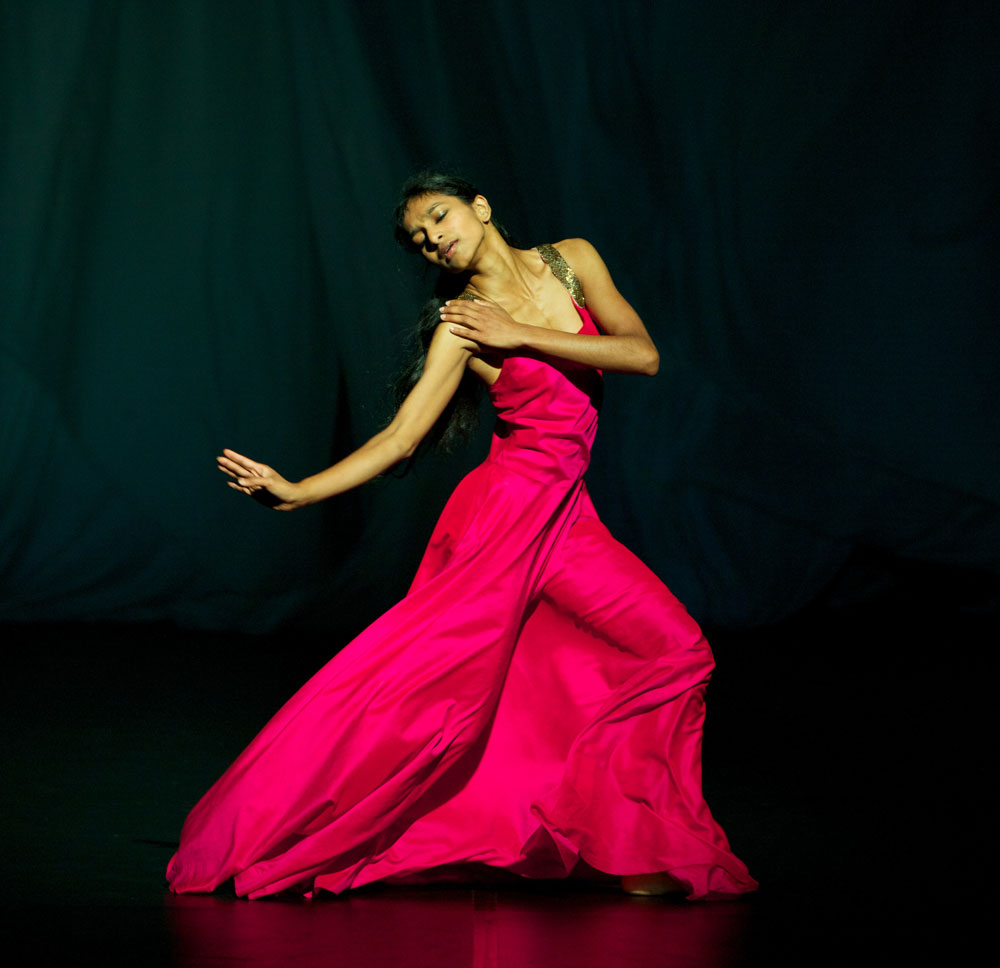
Once again, the performers of Tanztheater Wuppertal Pina Bausch win over the audience with an apparently effortless ease that can only come through years of rigorously absorbing a familiarity with this unique style. Anna Wehsarg – a gorgeous statuesque redhead with legs that go on forever – can just walk on the stage, gazing into the audience and she has me captured. She doesn’t need to dance, just glide and smile: others, like Eddie Martinez and the elfin Nayoung Kim capture our imaginations with their finely-spun web of filigree movement. It is a remarkable ensemble in which every performer is a creative principal, playing their iconic roles in keeping Pina’s creative principles alive.













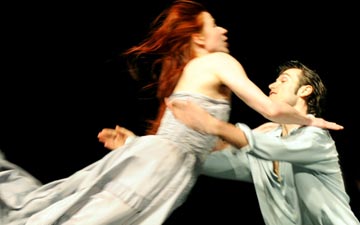
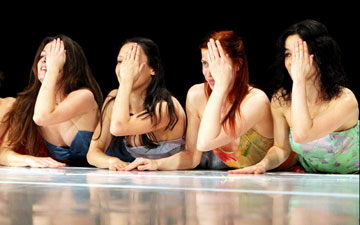
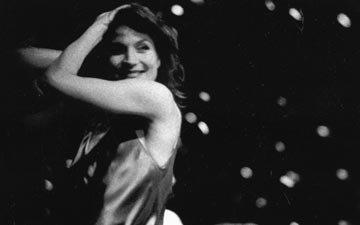
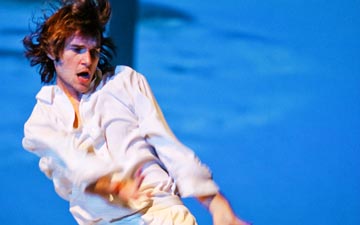
You must be logged in to post a comment.